Mysore has a special significance in the life and times of Swami Vivekananda. Apart from being associated with his visit here for 3-4 weeks in November 1892, it is also home to many individuals and organizations inspired by Swamiji’s message. Seshadri Iyer, the then Dewan of Mysore had heard of the young monk and was impressed by his wisdom and oration. He had invited him to the Kingdom of Mysore as his guest. Seshadri Iyer felt that Chamarajendra Wodeyar, the then Maharaja of Mysore would be interested in meeting him and introduced Swamiji to the King. The King was not only delighted on meeting him but also insisted that he stay in the palace itself. During his stay at the palace, Swamiji had discussions on Vedanta with the pundits, with an Austrian musician and other reputed persons apart from the many interactions that he had with the Maharaja himself.
An article in Vedanta Kesari mentions this anecdote that occurred during his stay in Mysore. One day, Swamiji was called to the apartments of the Prince and the Dewan went with him. The Maharaja asked, “Swamiji, what can I do for you?” Then the Swami, evading a direct reply, burst forth into an eloquent description of the contents of his mission. He spoke for more than an hour dwelling on the condition of India, saying that India’s possession was philosophical and spiritual, and that it stood in need of modern scientific ideas as well as a thorough social reform. The King listened spellbound. The Swami continued, saying that he felt it was India’s place to give what treasure it possessed to the people of the West and that he himself intended going to America to preach the Gospel of the Vedanta to the western nations. “And what I want”, he added, “is that the West shall help us in improving our material condition by providing us with the means of educating our people in the modern lines of agriculture, industries and other technical sciences.” He grew more and more eloquent as he spoke. And the prince promised, then and there, the necessary money to defray his traveling expenses; but for some reason, best known to himself, the Swami refused the generous offer of the Maharaja. From that day, the Prince and the Dewan regarded him as ‘the man born for the redemption of India’ and as one in whom was incarnate the nation’s spirit.
The longer the Swami remained with the Maharaja, the greater became the latter’s attachment and admiration for him. When the Swami spoke of departing, he was visibly distressed and requested him to stay a few days more. He added, “Swamiji, I must have something with me as a remembrance of your personality. So, allow me to take a phonographic record of your voice. Do speak some of your inspiring words into the phonograph, so that they may be with me always.” This the Swami consented to, and even now the record remains preserved in the Palace, though it has long become indistinct. In truth, so great was the admiration of this ruler for the Swami that he proposed to do padapuja to him (to worship his feet), but this the Swami did not allow him to do.
In a letter written to the Maharaja from Chicago, Swamiji writes, “…The one thing that is at the root of all evils in India is the condition of the poor. The poor in the West are devils; compared to them ours are angels, and it is therefore so much the easier to raise our poor. The only service to be done for our lower classes is to give them education, to develop their lost individuality. Give them ideas – that is the only help they require, and then the rest must follow as the effect. Ours is to put the chemicals together, the crystallization comes in the law of nature. My noble Prince, this life is short, the vanities of the world are transient, but they alone live who live for others, the rest are more dead than alive.”
After a brief stay at the Palace, the Swami moved to the ‘Niranjan Mutt’ near the residence of the Dewan. There is evidence to show that he not only stayed here but also gave lectures at the nearby Sadvidya Paatashala. Niranjan Mutt was till recently in a dilapidated condition and has been restored by the Ramakrishna Ashram and the Mysore City Corporation. Plans are afoot to build a fitting memorial for Swami Vivekananda here while retaining the restored Niranjan Mutt.

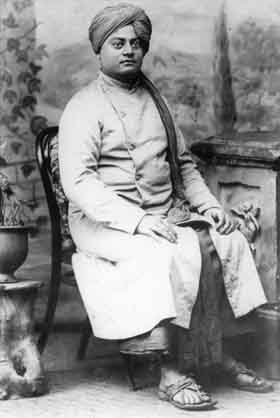
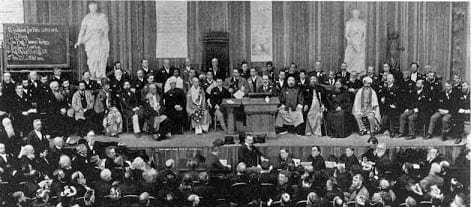

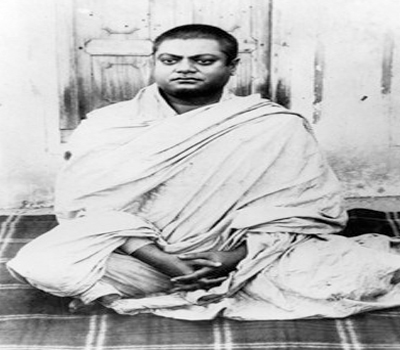
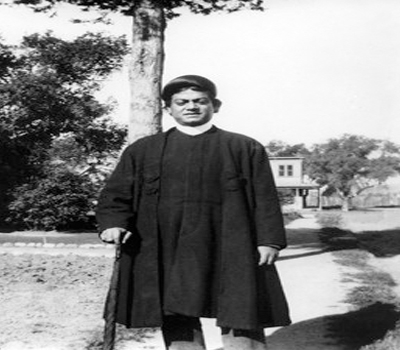
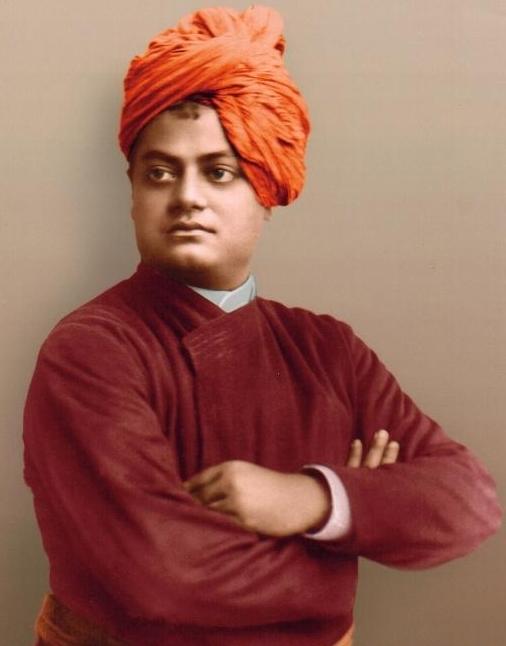
An ardent devotee of swamiji I would like to know more about Swamiji’s stay in Mysore